Latest

Engineered blood cells could eliminate blood type matching to solve donor shortage
Taking inspiration from plankton, researchers create engineered blood cells that are an important step toward a universal blood supply.
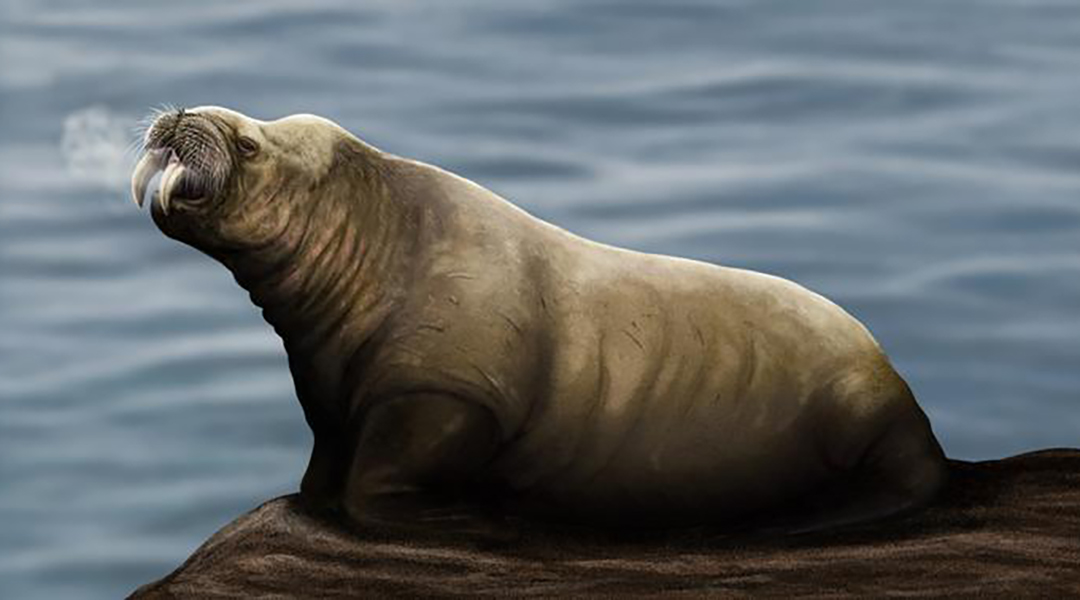
Extinct walrus-like species identified from old mandibles
The extinct species, named Ontocetus posti, lived nearly two million years before the modern walrus emerged.
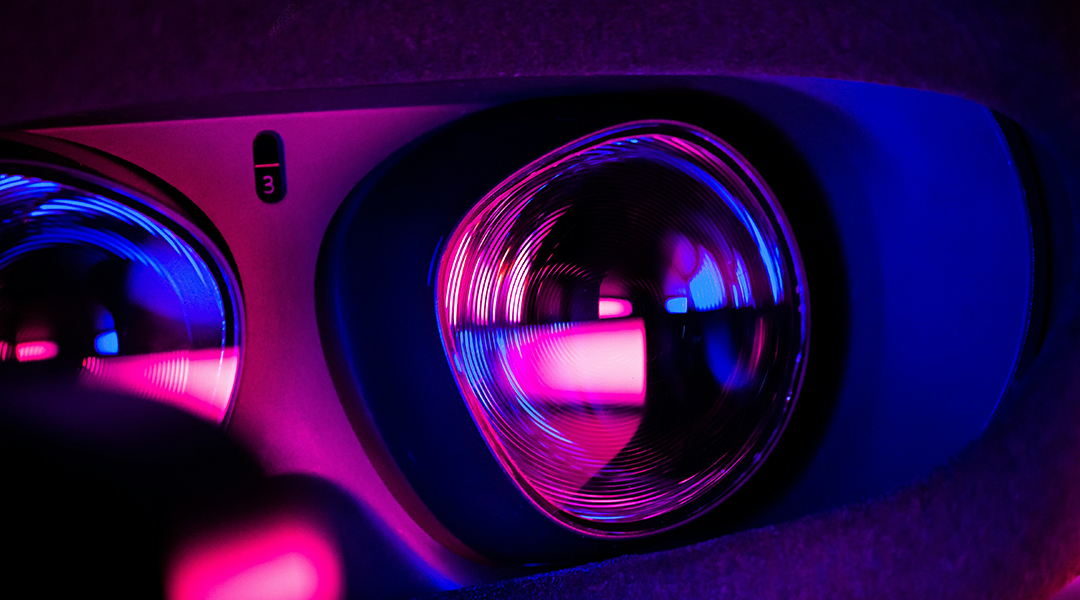
Contact lenses bring 3D holograms to life for augmented reality
A better way to fabricate metasurfaces allows scientists to create contact lenses capable of projecting 3D holographic images.

Cinnamon particles help make edible gas marbles
This is the first instance of incorporating edible particles into gas marbles, with some intriguing applications in gastronomy.

New type of antiviral proves effective against all strains of dengue virus
This new class of antivirals could unlock treatment for viruses beyond just dengue that have been challenging to treat in the past.
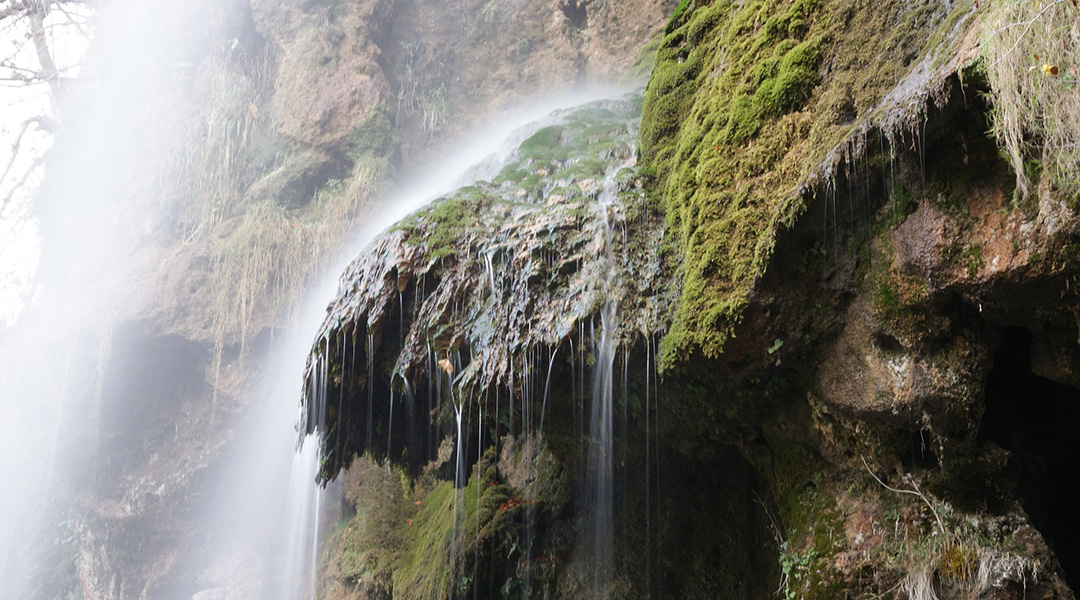
Oldest air conditioning system in the world could help meet sustainable development goals
Evaporative cooling systems use a fraction of the energy and could be used together with conventional air conditioners to tackle energy demands.
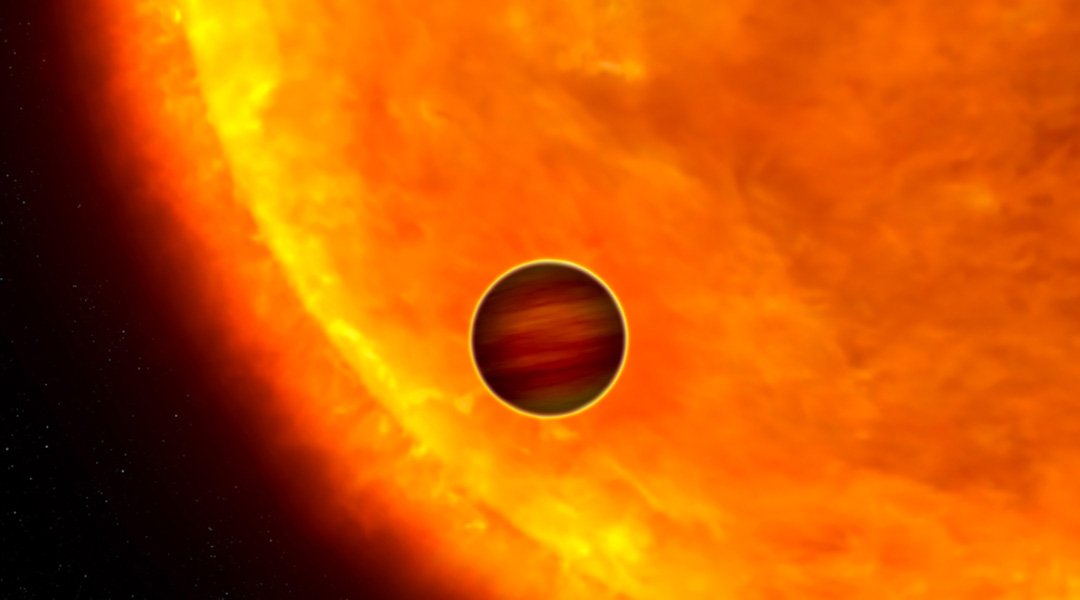
A doomed alien planet has a 16-hour orbit around its star
TOI-2109b is the second hottest exoplanet discovered so far, with a year lasting just 16 hours.
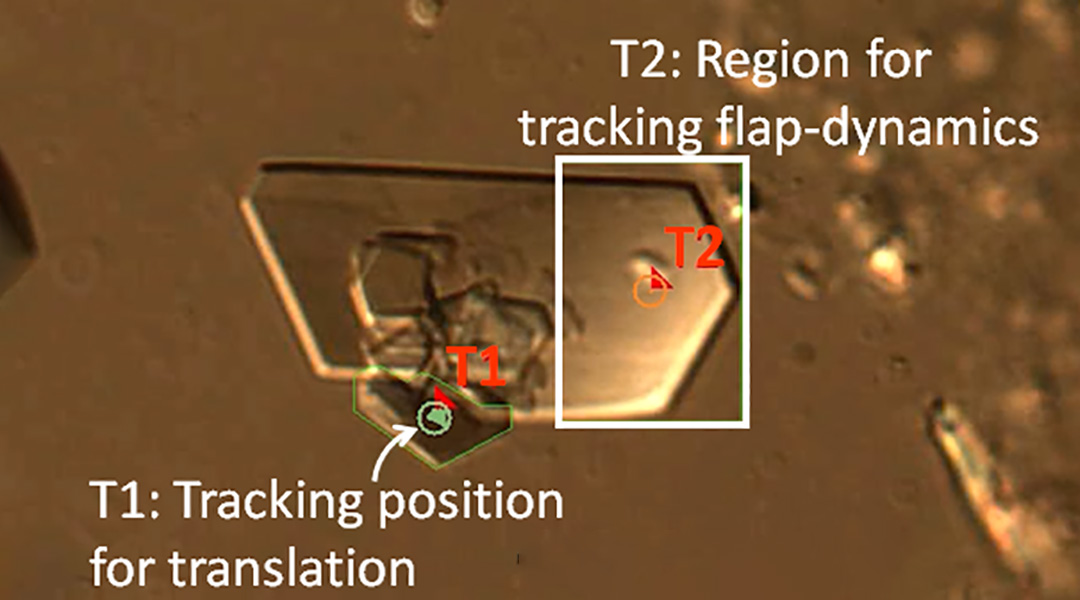
Microcrystal robots that swim in water
Synthesized microrobots capable of converting their mechanical motion into a means of self-propulsion.
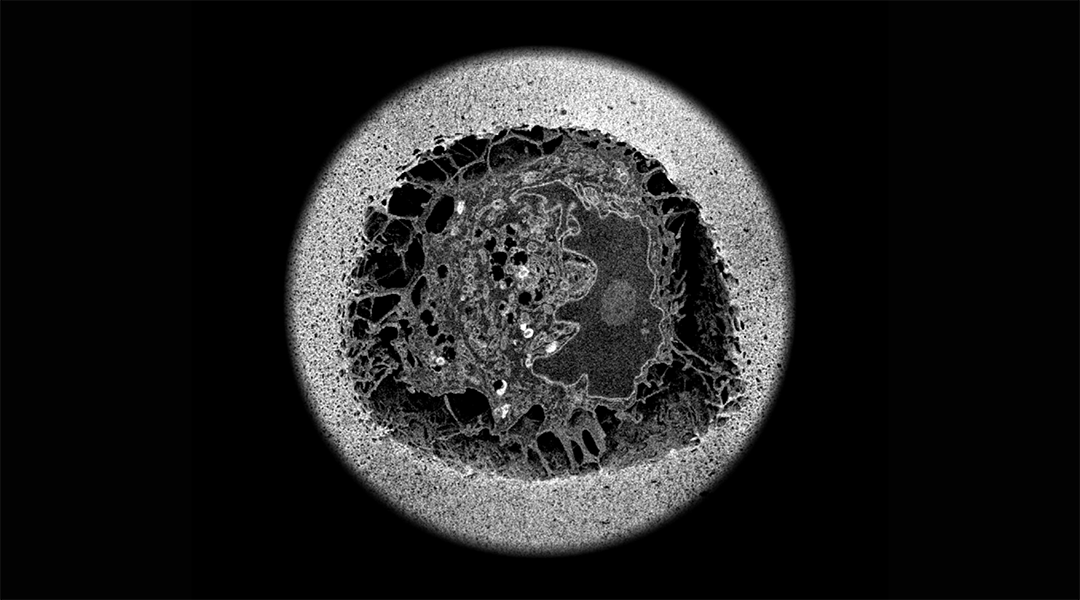
An alternative to adhesives helps cells better interact with their environment
A natural chemical tether helps researchers attach cells to inert biomaterials for better cell models and therapies.
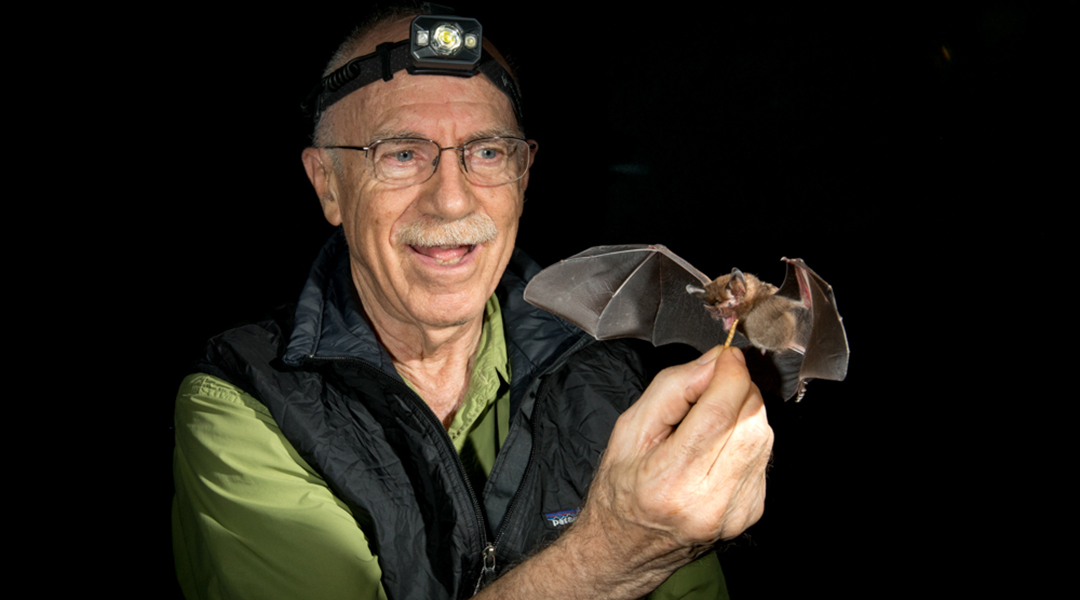
Merlin Tuttle: Helping bats helps people
Conservationist Merlin Tuttle protects bat populations worldwide through education and photography.
ASN Newsletter
Sign up for our newsletter and receive the latest science news directly to your inbox.

Accessing forbidden colors using “twisted” nanoparticles
Scientists have found a way to reveal forbidden colors of light through a new physical effect.
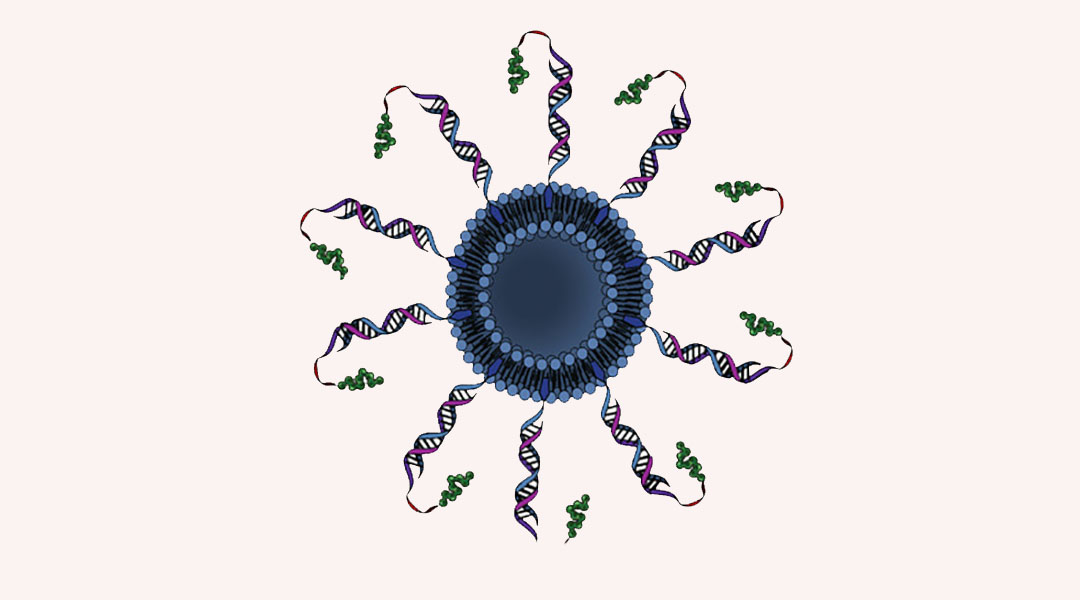
A nanoparticle vaccine could provide hope for hard-to-treat prostate cancer
Spherical nucleic acids show promise as a targeted and effective immunotherapy for patients with metastatic prostate cancer.
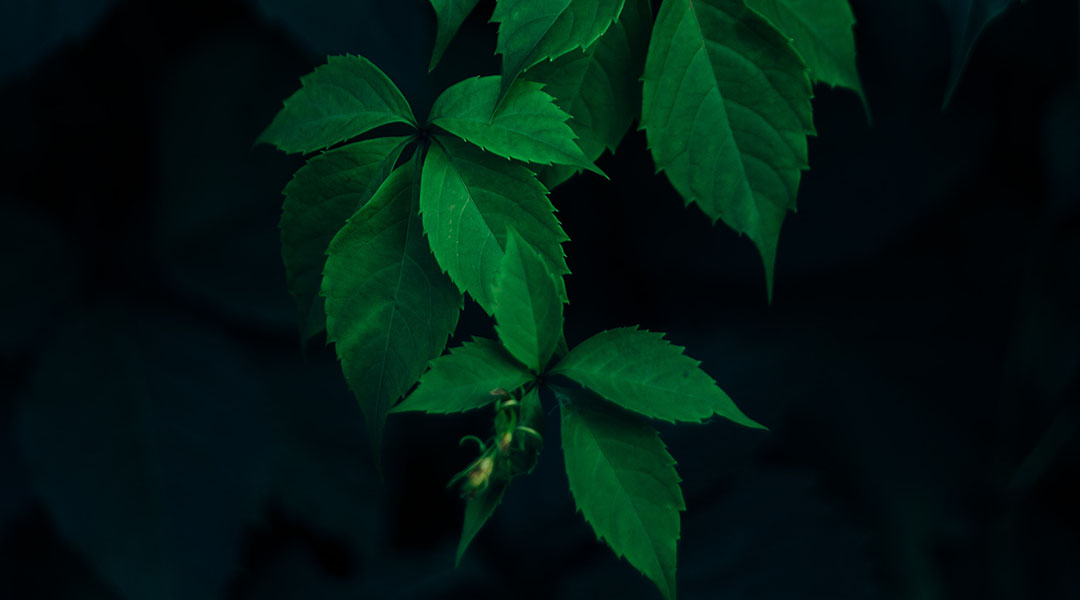
Cowpea virus can keep metastatic lung cancers at bay
Plant virus nanoparticles home in on the lungs to help prevent the spread of cancer.
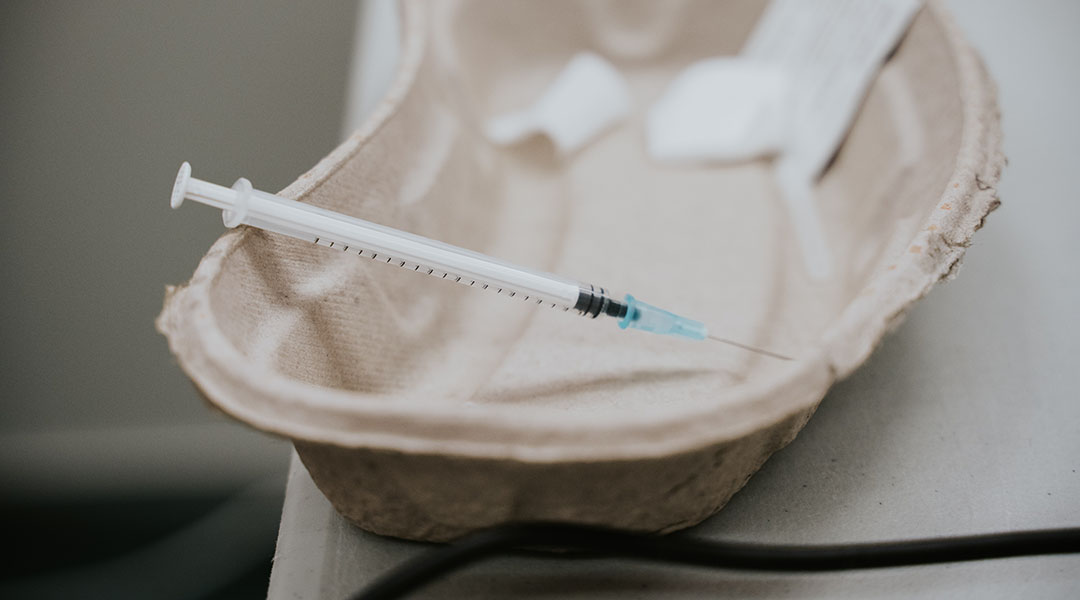
Third shot of COVID-19 vaccine not justified, says research
An expert review finds that booster shots for the general population are not yet necessary since vaccine efficacy against severe COVID-19 remains high.
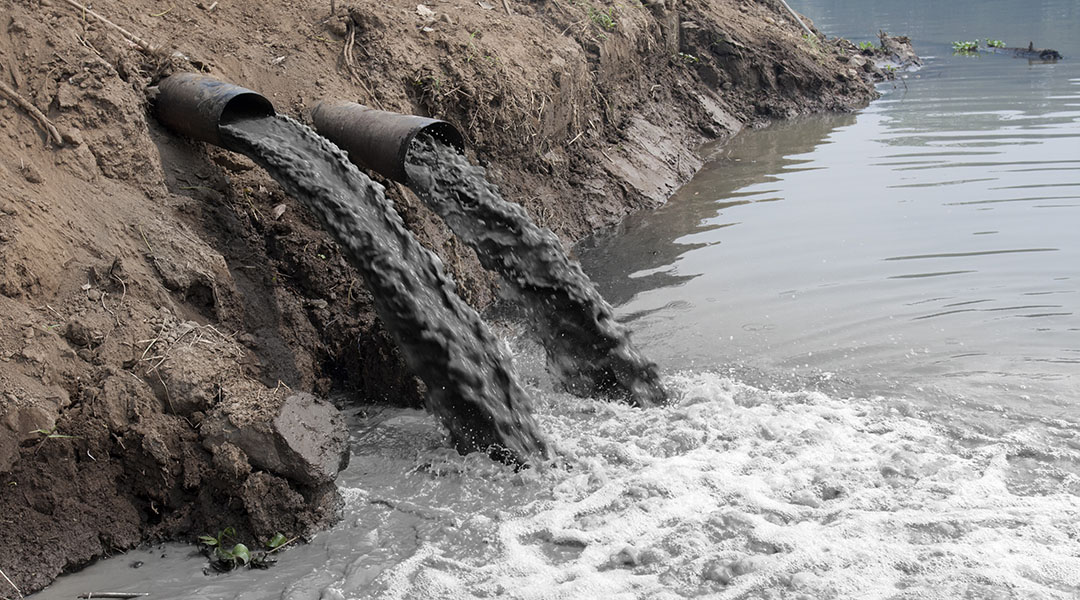
Drinking water disinfected in minutes by natural and abundant catalyst
Brownmillerite, found in natural mineral deposits, could help disinfect water in resource-poor regions.
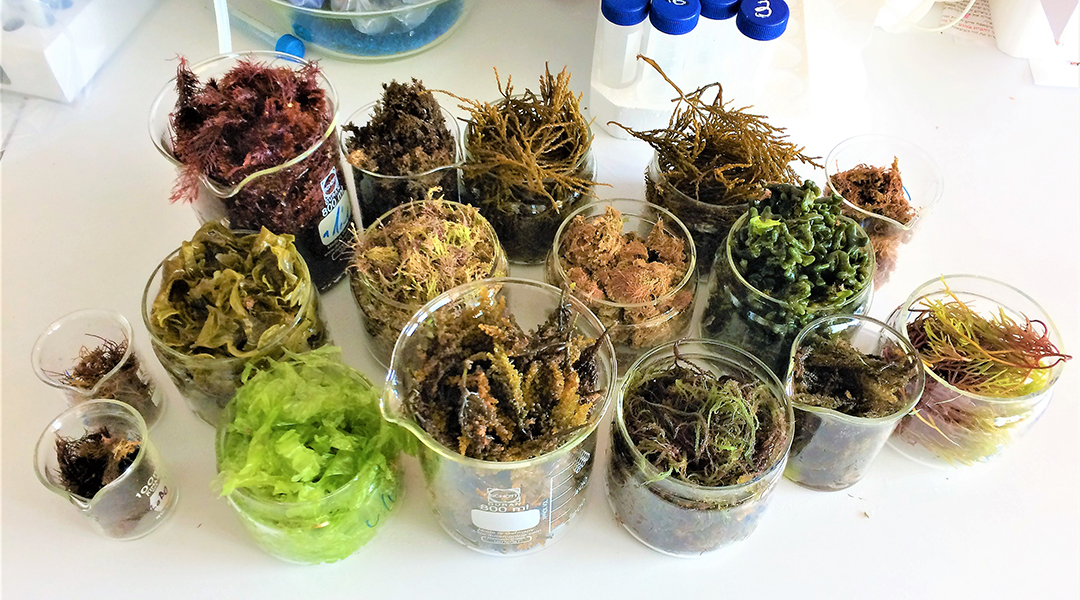
Super seaweed from sustainable aquaculture
A new cultivation method enhances the concentration of valuable compounds in seaweeds with substantial environmental benefits.
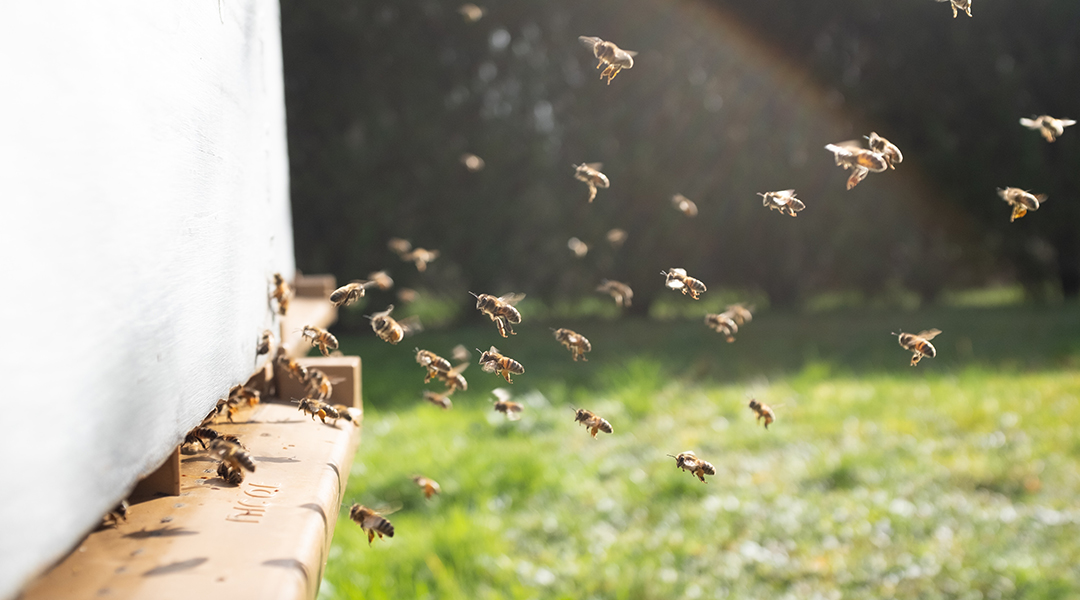
Beehive microbes hold the secrets to our cities’ health
The microbes in beehive debris vary widely between cities and neighborhoods, and could hold keys to assess the human populations’ health.

Treating inflammatory diseases with oxygen-scavenging catalysts
Catalysts that mimic antioxidase enzymes show promise in treating inflammatory diseases, such as gum disease, lupus, or cancer.

Relief for treatment-resistant depression
The antipsychotic medication aripiprazole has been shown to help adults over 60 with treatment-resistant depression.
Super seaweed from sustainable aquaculture
A new cultivation method enhances the concentration of valuable compounds in seaweeds with substantial environmental benefits.
Beehive microbes hold the secrets to our cities’ health
The microbes in beehive debris vary widely between cities and neighborhoods, and could hold keys to assess the human populations’ health.
Treating inflammatory diseases with oxygen-scavenging catalysts
Catalysts that mimic antioxidase enzymes show promise in treating inflammatory diseases, such as gum disease, lupus, or cancer.
Relief for treatment-resistant depression
The antipsychotic medication aripiprazole has been shown to help adults over 60 with treatment-resistant depression.
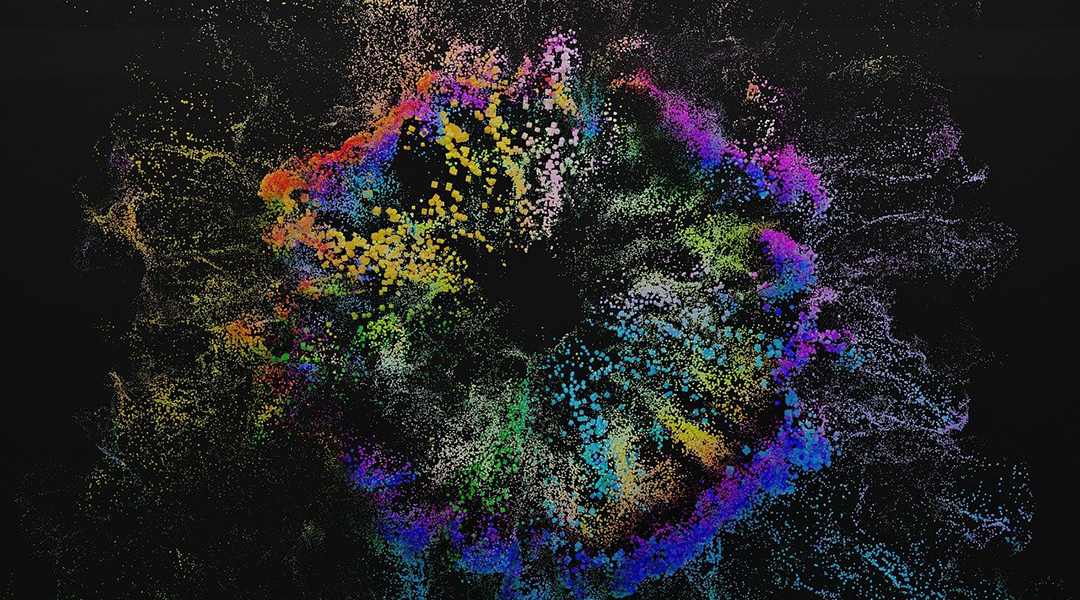
A new elementary particle may have just been discovered
An elusive new elementary particle called the sterile neutrino may have just been spotted by physicists.
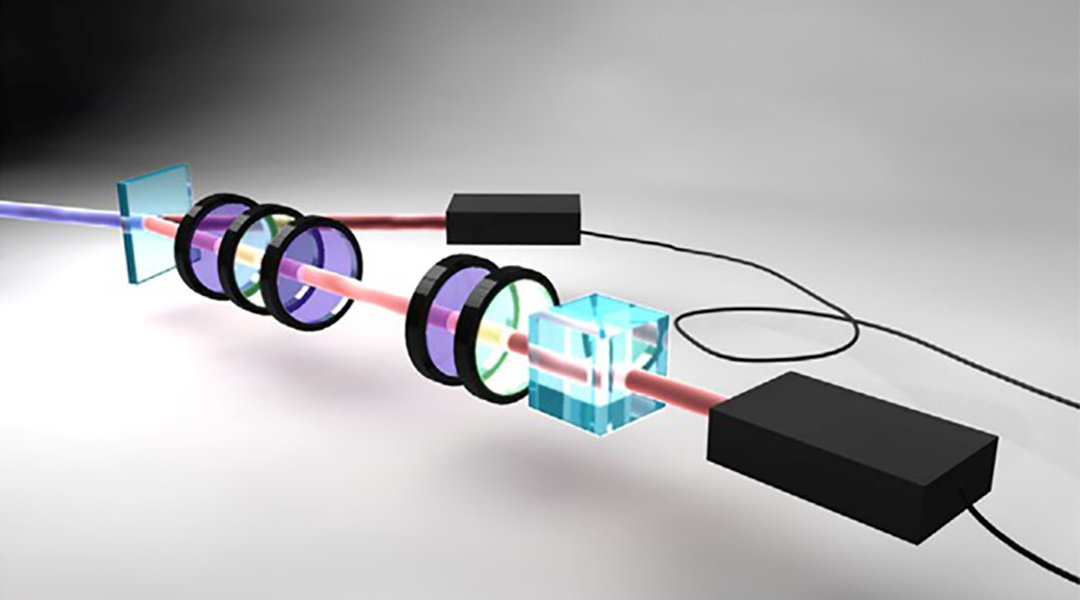
Embedding data in quantum states for machine learning
Quantum computing to process large amounts of data tested by bringing together complementary and versatile quantum processors.
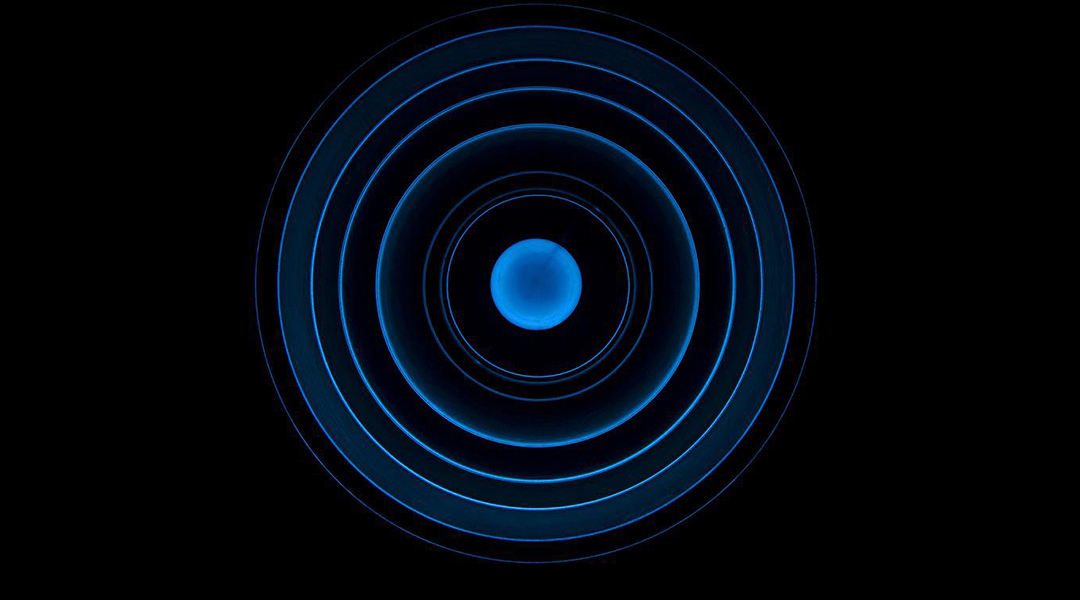
Standard Model tested with record-breaking accuracy
Researchers put quantum electrodynamics to the test, pushing the boundaries of the Standard Model of physics.
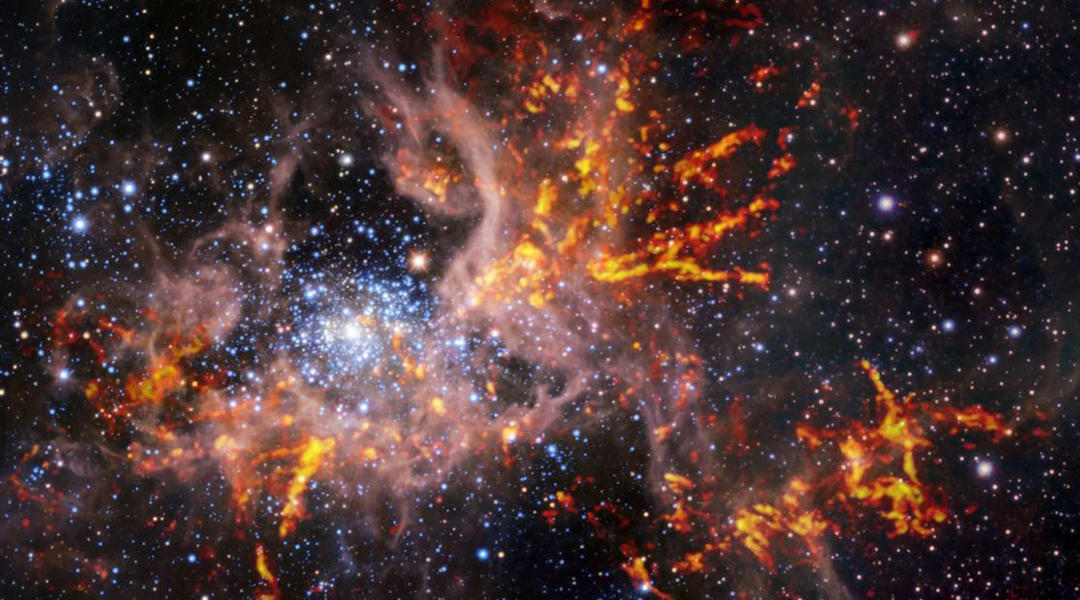
Mapping the gas web of the Tarantula Nebula
New images of the Tarantula Nebula help us understand how intense star formation at its center impacts the rest of the nebula.
A new elementary particle may have just been discovered
An elusive new elementary particle called the sterile neutrino may have just been spotted by physicists.
Embedding data in quantum states for machine learning
Quantum computing to process large amounts of data tested by bringing together complementary and versatile quantum processors.
Standard Model tested with record-breaking accuracy
Researchers put quantum electrodynamics to the test, pushing the boundaries of the Standard Model of physics.
Mapping the gas web of the Tarantula Nebula
New images of the Tarantula Nebula help us understand how intense star formation at its center impacts the rest of the nebula.
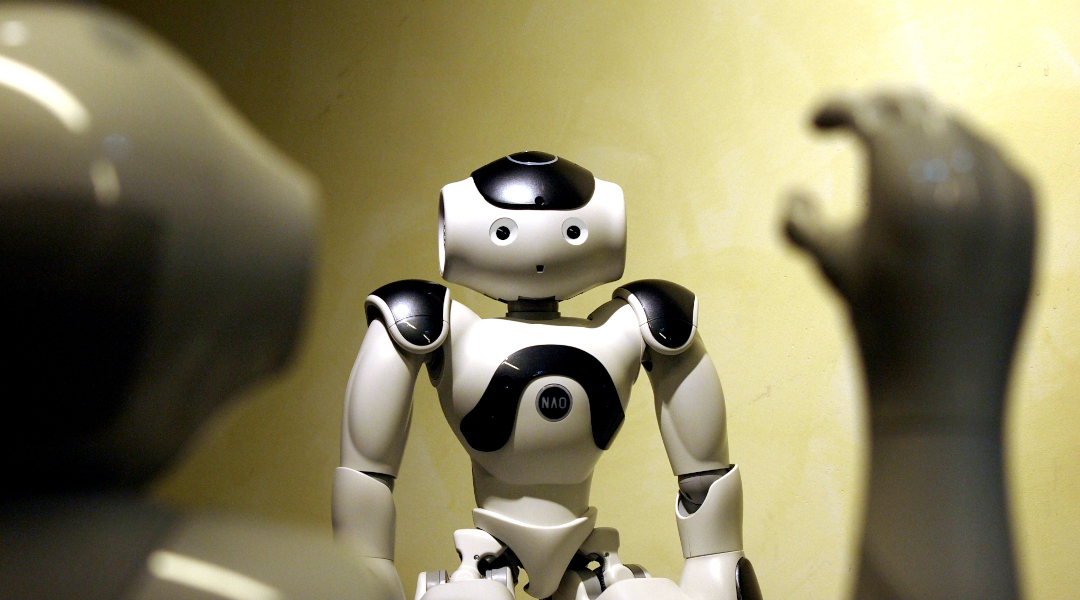
Bio-inspired robotic eyes that better estimate motion
Event cameras mimic the human eye to allow robots to navigate their environment, and a new approach helps minimize computational costs.

How “wavy” whiskers help seals detect faraway prey
Recreating the bead-like structure of seal whiskers grants scientists insight into new underwater technologies.
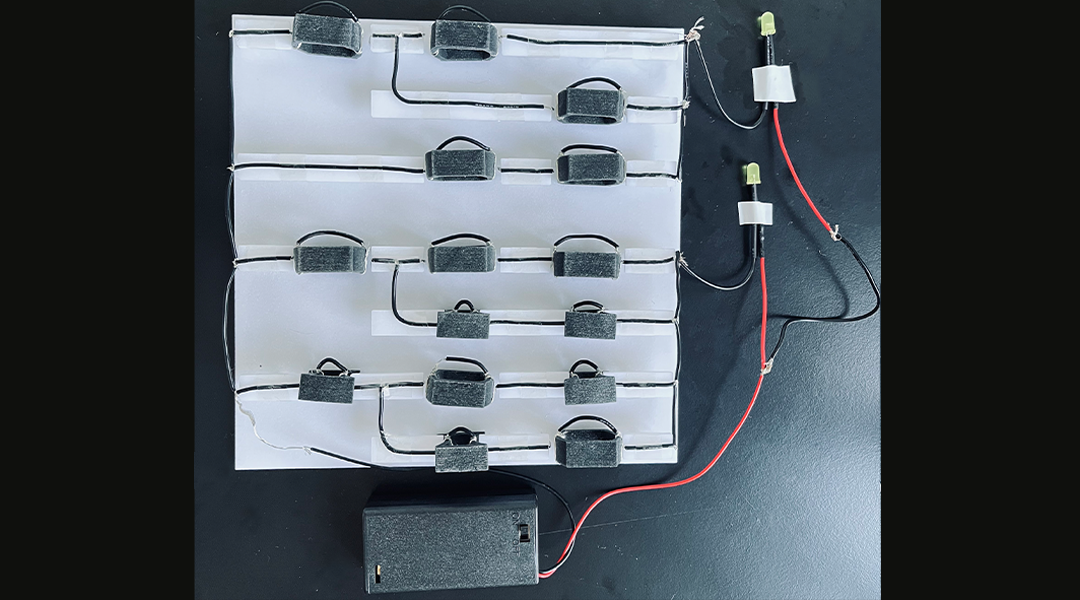
Reviving mechanical computers for use in extreme environments
Putting a modern spin on old tech, scientists create a mechanical computer from metamaterials for situations where electronic computers break down.

Robotic wing reveals secrets of bird flight
A newly built biohybrid wing could lead to new drone designs, and reveals that wing folding is key to efficient flight.
Bio-inspired robotic eyes that better estimate motion
Event cameras mimic the human eye to allow robots to navigate their environment, and a new approach helps minimize computational costs.
How “wavy” whiskers help seals detect faraway prey
Recreating the bead-like structure of seal whiskers grants scientists insight into new underwater technologies.
Reviving mechanical computers for use in extreme environments
Putting a modern spin on old tech, scientists create a mechanical computer from metamaterials for situations where electronic computers break down.
Robotic wing reveals secrets of bird flight
A newly built biohybrid wing could lead to new drone designs, and reveals that wing folding is key to efficient flight.

A sprayable chemical sensor for better environmental monitoring
An innovative chemical sensor design could make environmental monitoring in the field more efficient and effective.

Microplastics are taking flight
New research with samples from Pic du Midi Observatory reveal that microplastics are traversing the globe through the atmosphere.

Self-repairing electronics on the horizon
Through a happy accident, researchers have identified a new self-repairing electronic material that could make sci-fi dreams a reality.

Will industrial-scale photocatalysis see the light of day?
Exploring how scientists can develop efficient, solar-powered reactions to convert carbon dioxide to useful chemical feedstocks.
A sprayable chemical sensor for better environmental monitoring
An innovative chemical sensor design could make environmental monitoring in the field more efficient and effective.
Microplastics are taking flight
New research with samples from Pic du Midi Observatory reveal that microplastics are traversing the globe through the atmosphere.
Self-repairing electronics on the horizon
Through a happy accident, researchers have identified a new self-repairing electronic material that could make sci-fi dreams a reality.
Will industrial-scale photocatalysis see the light of day?
Exploring how scientists can develop efficient, solar-powered reactions to convert carbon dioxide to useful chemical feedstocks.
No Results Found
The page you requested could not be found. Try refining your search, or use the navigation above to locate the post.
No Results Found
The page you requested could not be found. Try refining your search, or use the navigation above to locate the post.
No Results Found
The page you requested could not be found. Try refining your search, or use the navigation above to locate the post.
No Results Found
The page you requested could not be found. Try refining your search, or use the navigation above to locate the post.







